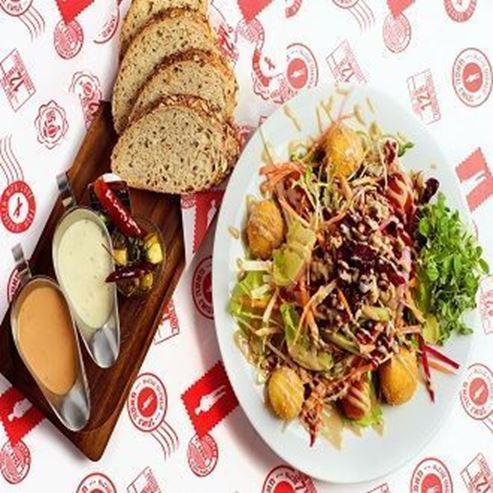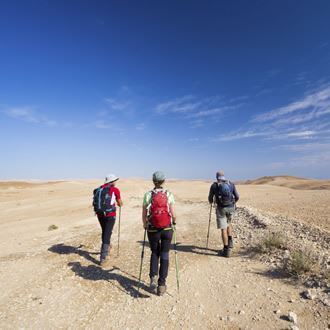Accessible trail in the ancient sectarian city
Visit the archeological site
The way of life and thought of the residents of ancient Qumran set the imagination alight, and through findings uncovered at the Qumran National Park we can get to know the people of the desert sect up close. The new accessible route which has been paved by the Israel Nature and Parks Authority provides an opportunity for people with disabilities to visit the site in comfort:
Main point of interest:
Film about the history of Qumran
Viewpoints
Lookout from the edge of the site over the caves where the Dead Sea Scrolls were found, and over the Qumran stream waterfalls.
Lookout from the fortress
Israel Nature and Parks Authority activities to improve visitor services and preserve the site
The Authority opened the site’s archaeological excavations and also maintains them. The Authority has made the tour path accessible for people with disabilities and has installed explanatory signs and illustrations suitable for the visually-impaired. The Authority has produced a film about the history of Qumran and set up a small museum where a number of items are on display. There is a kiosk on the site run by Kibbutz Kalya.
Tours of the site can be booked in advance by telephone: 02-6541255
How to get here:
Qumran National Park is next to Kibbutz Kalya. From Route 90, turn towards Kalya then immediately turn into the National Park.
Background
The ruins of Qumran are identified as the settlement of Shaha, which is mentioned in Scripture. The place gained international renown thanks to the ancient writings which were discovered in caves close by. In 1947, a Bedouin shepherd discovered a cave next to Qumran, which contained around a dozen clay jars. One jar contained leather parchments in three scrolls - the complete book of Isaiah, the Pesher Habakkuk, and the Community Rule. Other Bedouins who were in on the secret continued searching and discovered additional scrolls: the War of the Sons of Light against the Sons of Darkness, the Thanksgiving Scroll, the second Isaiah Scroll and the Genesis Apocryphon. On 29th November 1947 in Bet Lehem, Prof. Eleazar Lipa Sukenik bought three of the seven scrolls that had been discovered. Four were smuggled to America and in 1954 were offered for sale. Prof. Yigael Yadin, Sukenik’s son, bought these four scrolls for the State of Israel.
This discovery awakened a storm across the word, following which the caves in the Judean desert were combed. The search yielded around 900 scrolls written in Hebrew, Aramaic and Greek. Most of the scrolls were broken, and their examination has not yet been completed.
Based on what is written in the scrolls as well as from the findings at Qumran, most researchers have concluded that the residents of the place belonged to the cult of the Essenes, referred to in the research as the ‘Judean desert cult’, or the ‘Yahad’ people. Their way of life was ascetic - they lived in a commune and were strict about studying Scripture and the laws of purity. The sheer number of water pools and ritual baths that were discovered at the site attest to the importance of ablution and purity in the lives of the residents of Qumran.
The residents of Qumran believed in the ancient decree, according to which people were born as ‘sons of light’ or ‘sons of darkness’, and that their fate was pre-destined. They saw themselves as the sons of light. Members of the cult lived according to a solar calendar, and from this they established their own holy days.
There are those who say that the ascetic movement in Christianity (monks) grew out of this way of life. John the Baptist lived a life of asceticism in the desert, preached purification and repentance, and tradition has it that he was at Qumran.
The settlement was inhabited for around 200 years, from the 2nd century BC until 68 AD. According to the findings, around 150-200 people lived there.
Trip route
1. Aqueduct, water holes and ritual bath
The tour of the site begins with the screening of a film about the history of Qumran. From the hall you go out into a small museum, which illustrates the way of life of the way of life of the residents. The tour path leaves from the museum, and is fully accessible.
From a pavilion with explanatory panels about Qumran and the Yahad cult, the path goes past the aqueduct which brought the winter flood waters to the settlement. Flood waters flow through the Qumran stream when there is heavy rain, and the residents of Qumran brought this water via an aqueduct to water holes, pools and the many ritual baths that were built in the settlement.
2. Meeting room and dining room
Archaeologists at the site have identified the uses of each of the buildings. The first room on the tour is the ‘meeting room’, which was probably used by the person responsible for the administration of the community and its money, since property was shared. From there you will pass an animal pen and the dining room.
The people of Qumran would gather in the dining room for communal meals. Before the meal they would purify themselves in the ritual baths next to dining room and would wear their holy clothes. Based on what is written in the scrolls as well as from the findings at the excavations, it seems that the people of Qumran ate bread, dates, date honey, dairy products and meat from sheep, goats and cows. Farm animal bones were found in clay vessels in the kitchen.
Behind the dining room is the kitchen, and in the store room next to it archaeologists found around 1000 clay vessels. Cooking pots were discovered in the building’s central courtyard, and not far from there a purification oven and furnace.
3. Viewpoint
At the southern edge of the site a viewpoint looks over the Qumran stream and the scroll cave. Qumran’s cemetery is located to the east of the lookout. Around 1,100 graves were found here, most of which belonged to men. They were buried in pits which faced north to south. Mounds of stones were placed on top of the graves. Most of those buried were young, probably since the harsh weather conditions and ascetic way of life discouraged older people from living here.
An ostracon (inscription-bearing shard of pottery) was found at the foot of the wall separating the site from the cemetery, known as the Yahad fragment. The writing on it, in the style typical of the 1st century BC, attests to the transfer of the property of a man named Hani to the Yahad cult.
4. To the scriptorium
The accessible path goes past two pottery kilns and a toilet facility. A jar for washing the body was also found in the toilet facility. Next to another ritual bath opposite the toilets are the two rooms of the scriptorium. In these rooms the people of Qumran wrote their scrolls and read the books of Scripture. Stone and plaster tables were uncovered in this place, which had indentations in them. Two clay inkwells were also found and one metal inkwell, which were probably placed into the indentations in the tables.
Hundreds of clay lamps were also found in these rooms, meaning they would also study at night.
5. The tower
The tower is the building which stands out the most at the site, and naturally was used as a lookout point to prevent attacks by nomads.
The tower looks over the Dead Sea valley, the HaAtakim Cliff and mountains of Moab.
From the tower you will return to the site entrance.
Photo : Yael Danino
- Type
- Hiking
- Region
- Dead Sea
- Length
- Half Km
- Duration
- 1-2 hours
- Recommended season
- Spring, Summer, Autumn, Winter
- Starting point
- Qumran National Park, Dead Sea (map)
- Ending point
- Qumran National Park, Dead Sea (map)
- Special equipment
- Shoes, hat, water
- Precautions
- Do not stray from the paved path
- Parking
- Parking
- Accessibility
- Accessible
- Circular
- Circular
- Drinkable water
- Drinkable water
- Suitable for children
- Suitable for children
- Picnic suitable
- Picnic suitable
- Phone
- +972-2-6541255
Similar trails
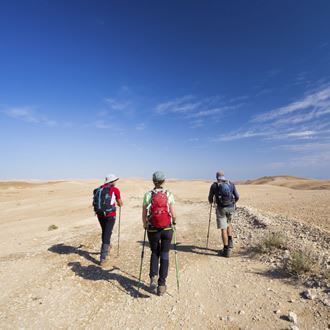
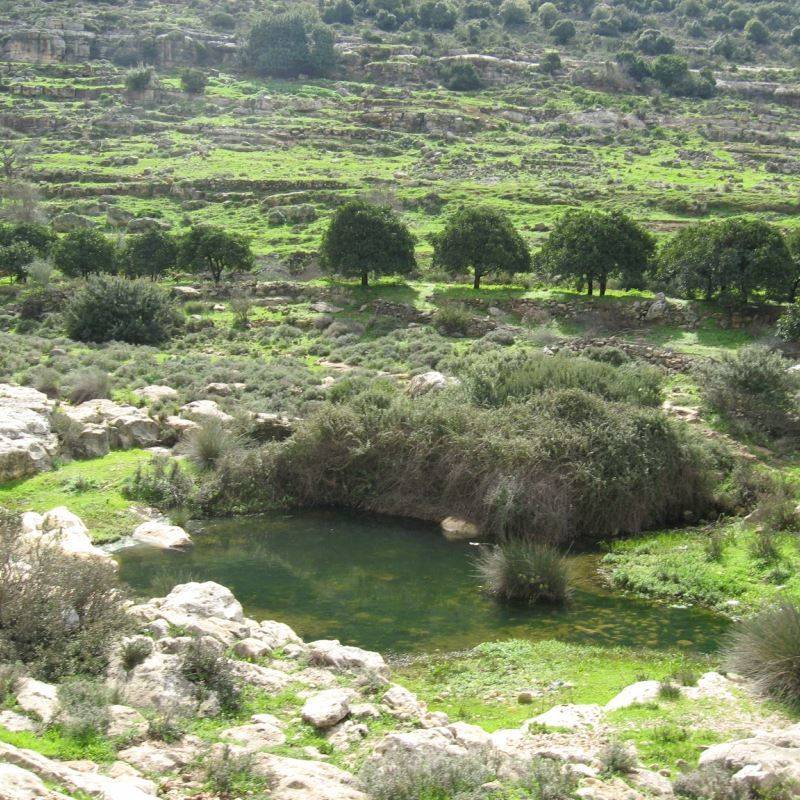
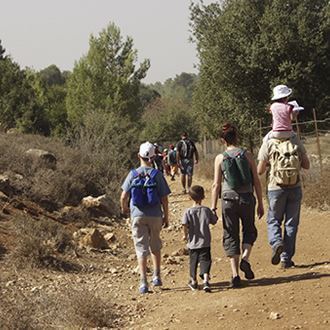
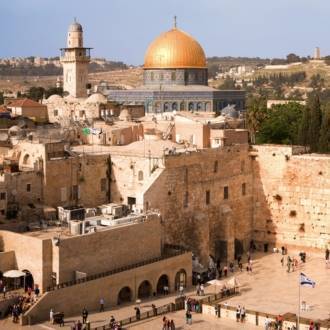
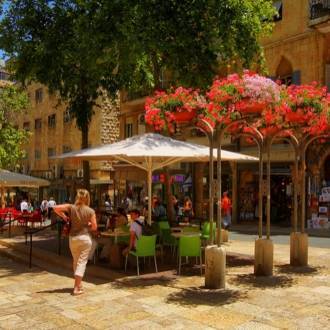
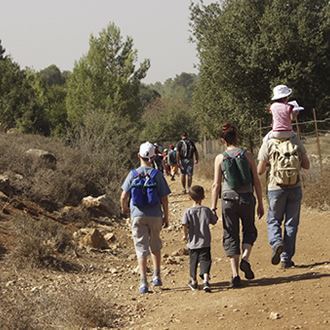
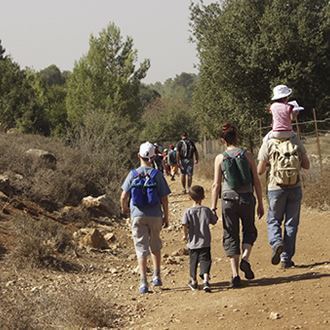
Nearby attractions
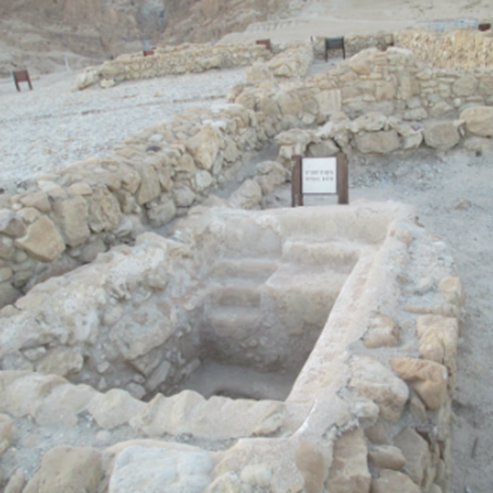
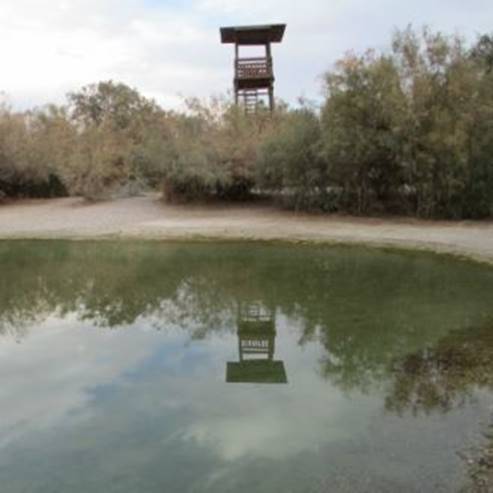
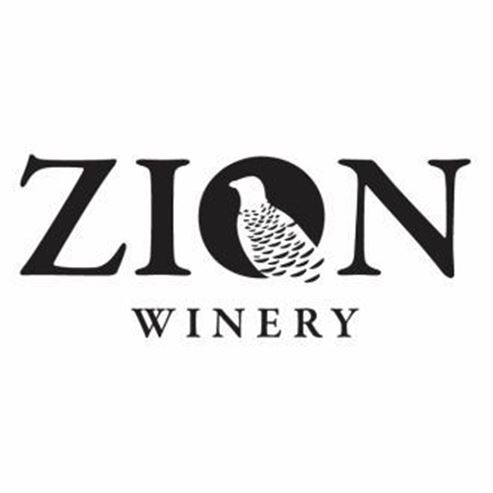
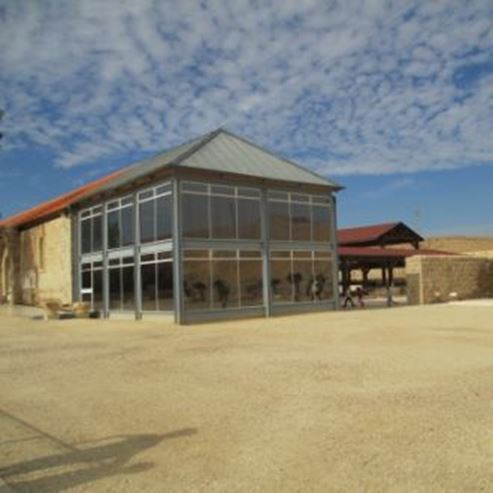
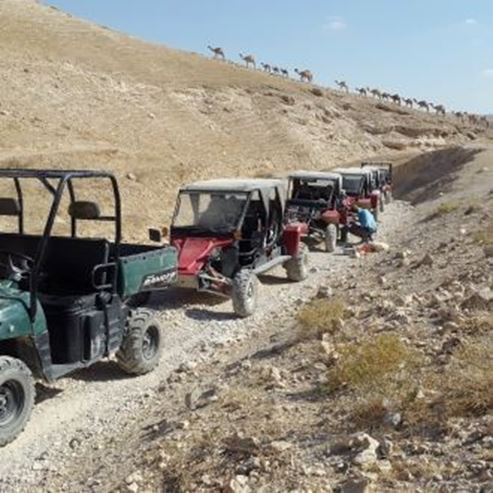
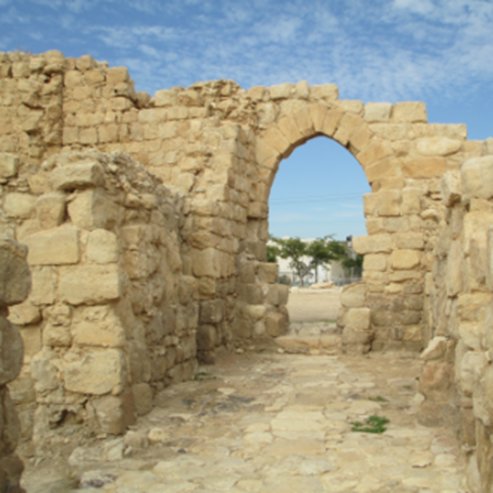
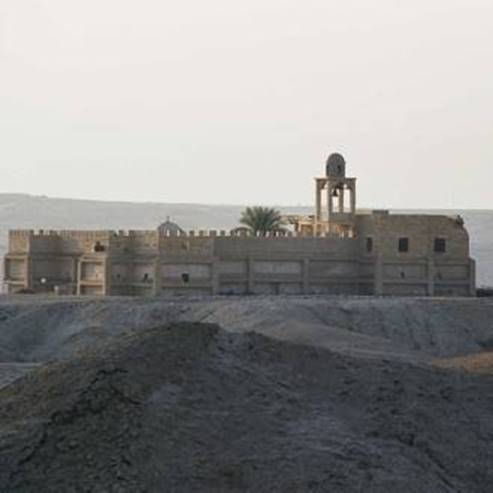
Nearby restaurants

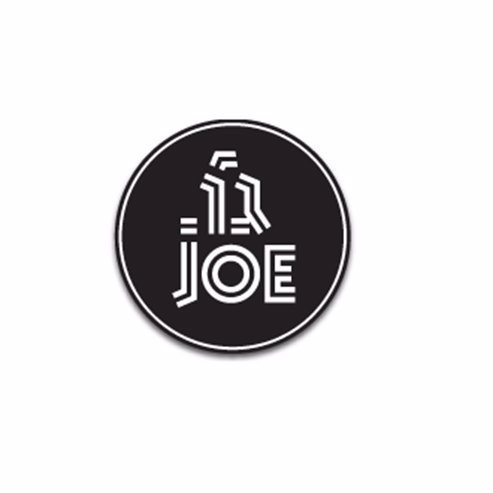
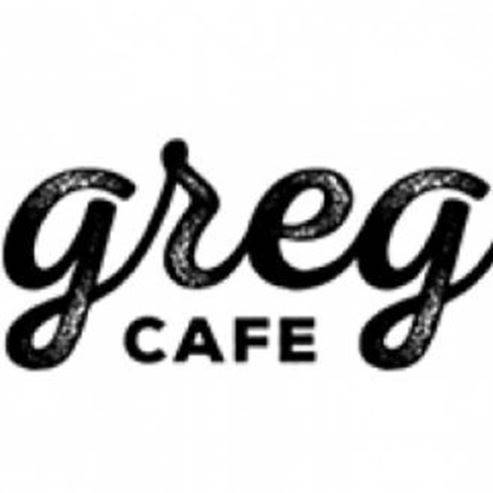
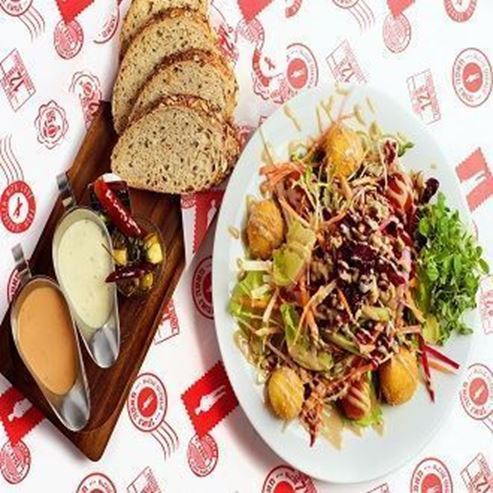
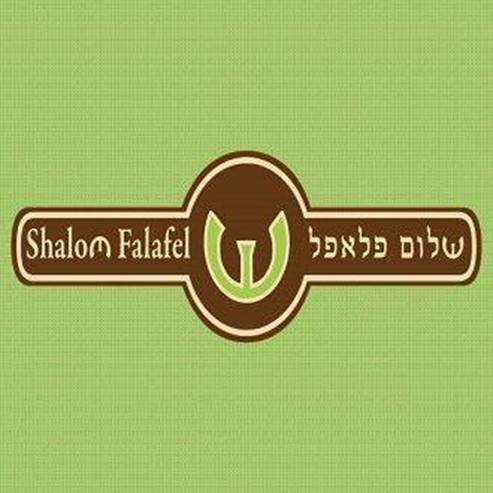
Shalom Falafel - Ma'aleh Adumim
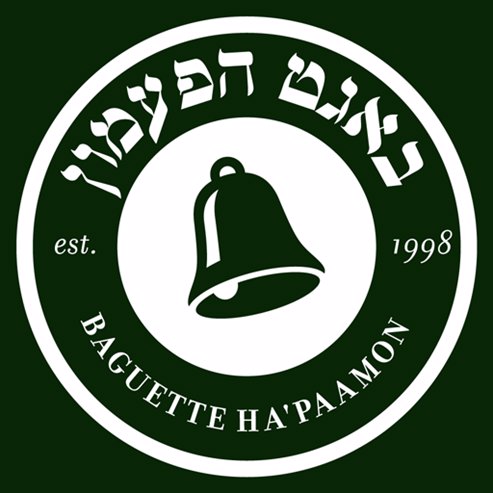
Baguette Ha'paamon - Ma'ale Adumim
